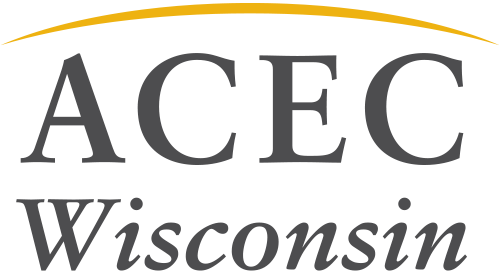CARES Act Summary
Federal Package Update
Today the House passed the CARES Act, sending the package to the White House for the President’s signature.
ACEC National is working on webinars for members on key components of the package, notably the business tax provisions and the small business assistance. We’re working with the Small Business Administration and other potential presenters, and we hope to get information out to you soon on presentation dates and times. Please keep an eye out for those dates.
In the interim, I wanted to provide a deeper dive below on the small business provisions, as I know this is generating a great deal of interest and questions among the members.
Small Business Program Overview
The new law establishes a Paycheck Protection Program to assist qualifying small businesses, nonprofits, and individuals through the Small Business Administration’s 7(a) loan program. $349 billion is authorized for 7(a) lending from Feb. 15 through June 30, and SBA would fully guarantee the loans. Loans would be available during the covered period for:
- Any business, nonprofit, veterans group, or tribal business with 500 or fewer employees, or a number set by the SBA for the relevant industry. We’re seeking clarification on this point – whether SBA will implement the loan program using the traditional size standard for engineering, or something broader.
- Sole proprietors, independent contractors, and eligible self-employed workers would be eligible.
Eligible recipients could receive loans up to $10 million or 250% of their average monthly payroll costs, instead of $5 million, with interest rates capped during the covered period at 4%. Loans can be used to cover eligible payroll costs -- salaries, commissions, regular paid leave, and health-care benefits -- as well as mortgage interest and utility payments. Firms would be required to make a “good faith certification” that funds will be used to retain workers, maintain payroll, and pay for rent and similar expenses. Funds cannot be used to compensate individual employees at an annual rate above $100,000, or to pay for emergency sick or family leave under the second coronavirus response package.
Loan Forgiveness – Key Elements
- Recipients of SBA-guaranteed loans under the Paycheck Protection Program can apply for loan forgiveness over eight weeks for eligible payroll costs and for mortgage interest, rent, and utility payments -- SBA would pay lenders for any canceled debt plus accrued interest.
- Loan forgiveness would be reduced for businesses that fire employees or cut their pay.
- Canceled debt would be excluded from borrowers’ gross income for tax purposes.
- The measure also would authorize and provide $17 billion for the SBA to pay the principal, interest, and associated fees for loans under the 7(a), 504, and microloan programs for six months.
Disaster Loans
The package provides $10 billion to expand the SBA’s disaster loan program from Jan. 31 through Dec. 31 to cover businesses, cooperatives, employee stock ownership plans, and tribal businesses with 500 or fewer employees, as well as sole proprietors and independent contractors. The measure also authorizes SBA to advance up to $10,000 to existing and newly eligible disaster loan recipients within three days of receiving their applications. Recipients could use the advance funds to pay sick leave to employees affected by Covid-19, retain employees, address interrupted supply chains, make rent or mortgage payments, and repay debt. They wouldn’t have to repay the advance funds.
